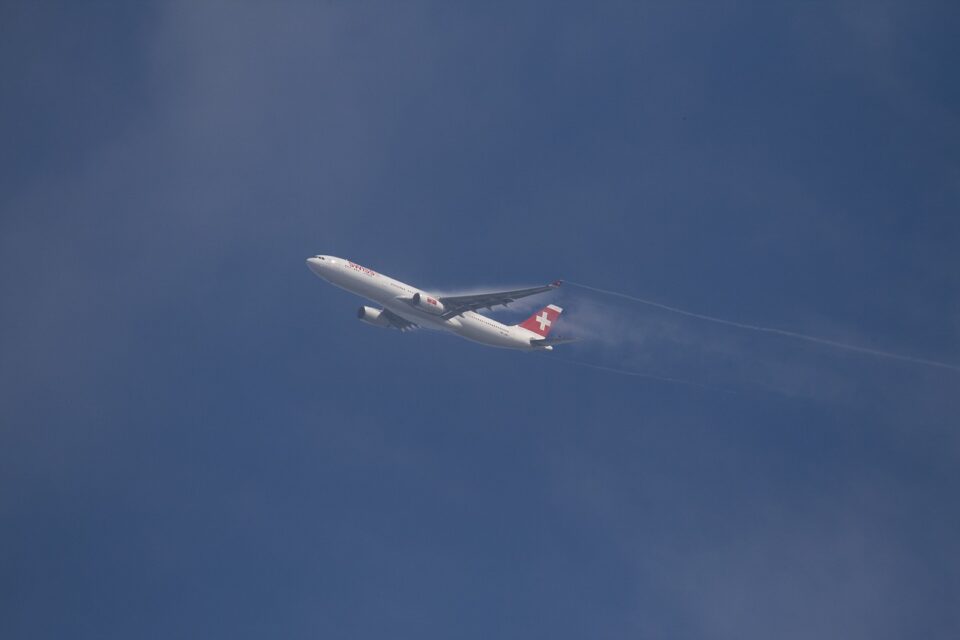Civil Aviation
Top 10 Most Turbulent Flight Routes in the World

Flying can be an exciting adventure, but some flight routes are known to be a little more thrilling than others. From unpredictable weather to strong winds, certain flight paths around the world are notorious for turbulence.
Whether you’re a seasoned traveler or a nervous flyer, understanding these bumpy routes can provide you with a new perspective on air travel. According to Turbli data, here are the top 10 most turbulent flight routes in the world, along with their distances:
1. Mendoza (MDZ) – Santiago (SCL)
- Distance: 130 miles (210 km)
This short flight crosses the Andes Mountains, an area known for strong winds and unpredictable weather, resulting in frequent turbulence. Despite its short distance, it offers quite a bumpy ride.
2. Cordoba (COR) – Santiago (SCL)
- Distance: 290 miles (470 km)
Similar to the Mendoza-Santiago route, this flight also crosses the Andes. The high-altitude mountain range and weather patterns make this route another hotspot for turbulence.
3. Mendoza (MDZ) – Salta (SLA)
- Distance: 180 miles (290 km)
This flight in Argentina often experiences turbulence due to the region’s mountainous terrain. Rapid weather changes can create a rocky and unpredictable journey.
4. Mendoza (MDZ) – San Carlos de Bariloche (BRC)
- Distance: 330 miles (530 km)
Flying through Patagonia, this route experiences frequent weather changes, making it another turbulent journey. The combination of mountains and rapidly shifting weather conditions contributes to the bumpy ride.
5. Kathmandu (KTM) – Lhasa (LXA)
- Distance: 380 miles (610 km)
Crossing the Himalayas, this flight is famous for its turbulent conditions. High altitudes and unpredictable weather make this a challenging journey for both pilots and passengers.
6. Chengdu (CTU) – Lhasa (LXA)
- Distance: 580 miles (930 km)
This flight, like Kathmandu to Lhasa, crosses mountainous terrain. The combination of high altitudes and changing weather patterns leads to frequent turbulence.
7. Santa Cruz (VVI) – Santiago (SCL)
- Distance: 1,030 miles (1,660 km)
This longer flight crosses the Andes Mountains, where strong winds, changing weather, and rough terrain create turbulent conditions. Despite its extended distance, turbulence is a regular feature of this route.
8. Kathmandu (KTM) – Paro (PBH)
- Distance: 100 miles (160 km)
A short but notoriously bumpy flight, this route flies over narrow valleys and steep peaks. These geographical features contribute to the turbulence experienced during the journey.
9. Chengdu (CTU) – Xining (XNN)
- Distance: 460 miles (740 km)
Flying through western China, this route faces turbulence due to the region’s complex geography and variable weather. The mountainous landscape and unpredictable air currents make for a bumpy ride.
10. San Carlos de Bariloche (BRC) – Santiago (SCL)
- Distance: 410 miles (660 km)
This flight also crosses the Andes, where the terrain and ever-changing weather conditions lead to frequent turbulence. The strong winds and altitude changes contribute to a bumpy journey.

